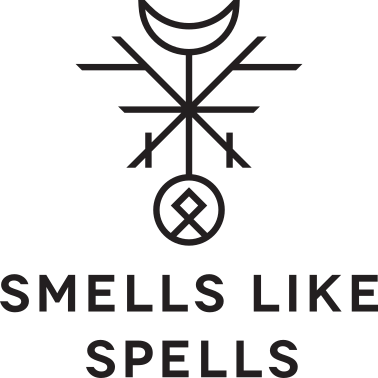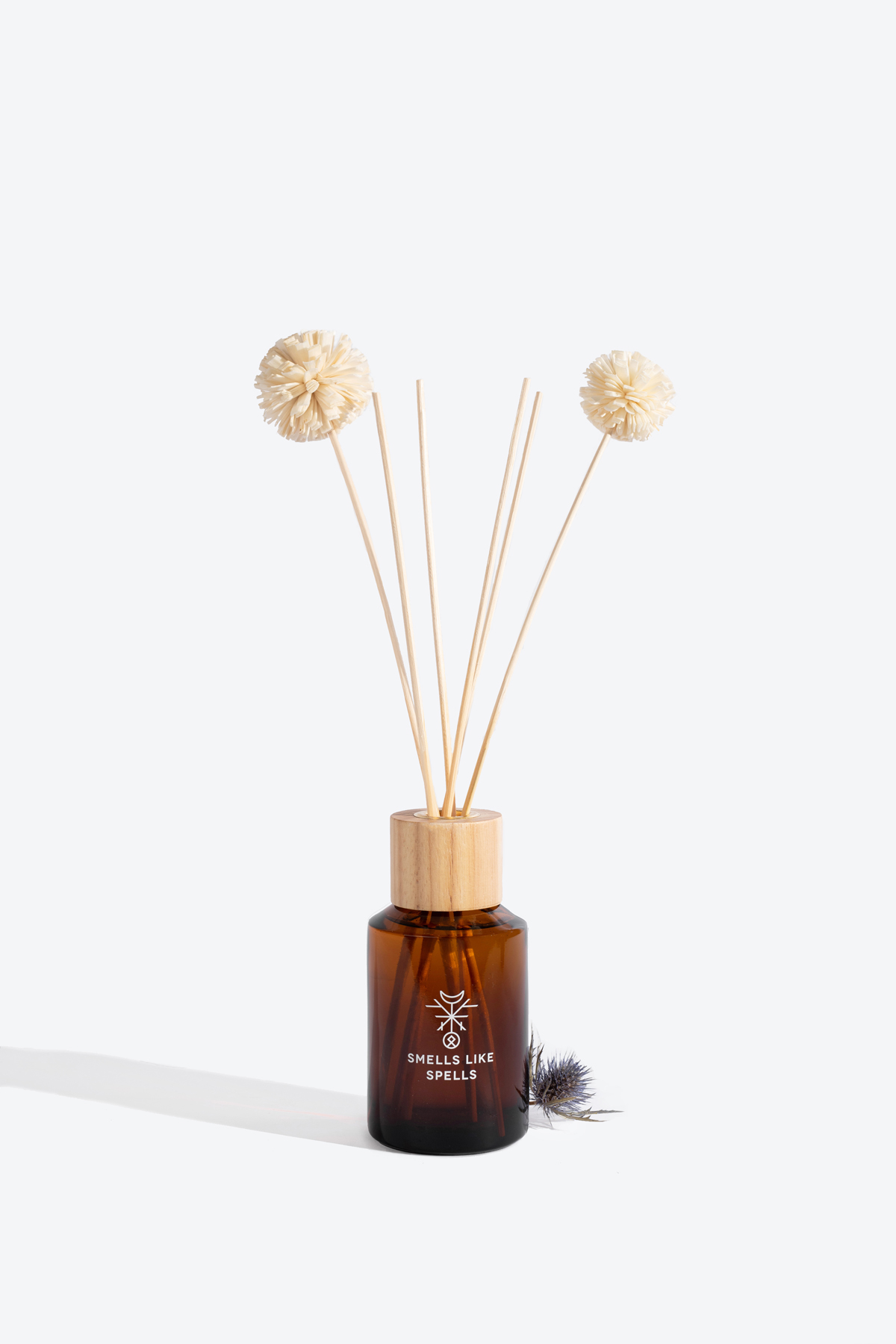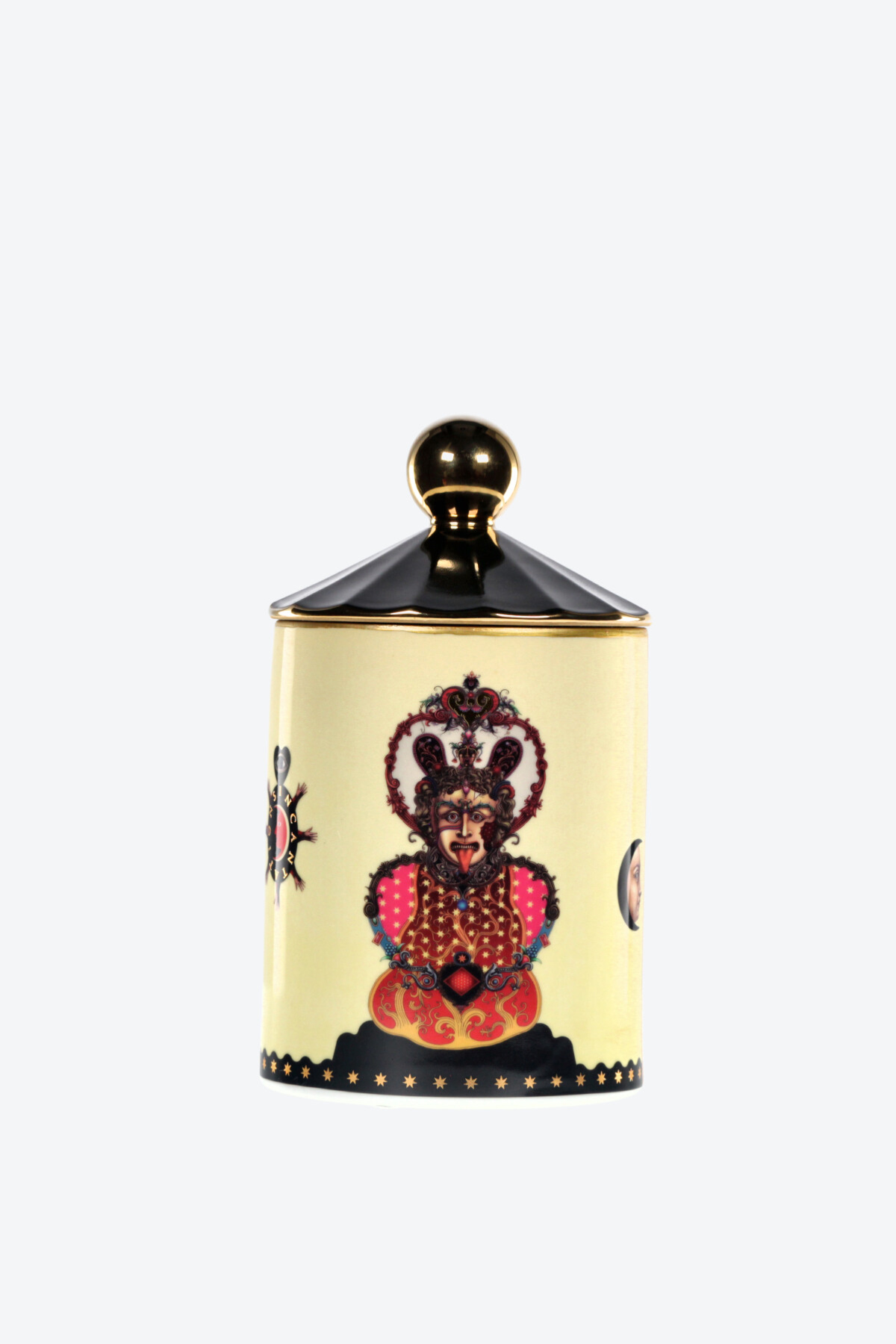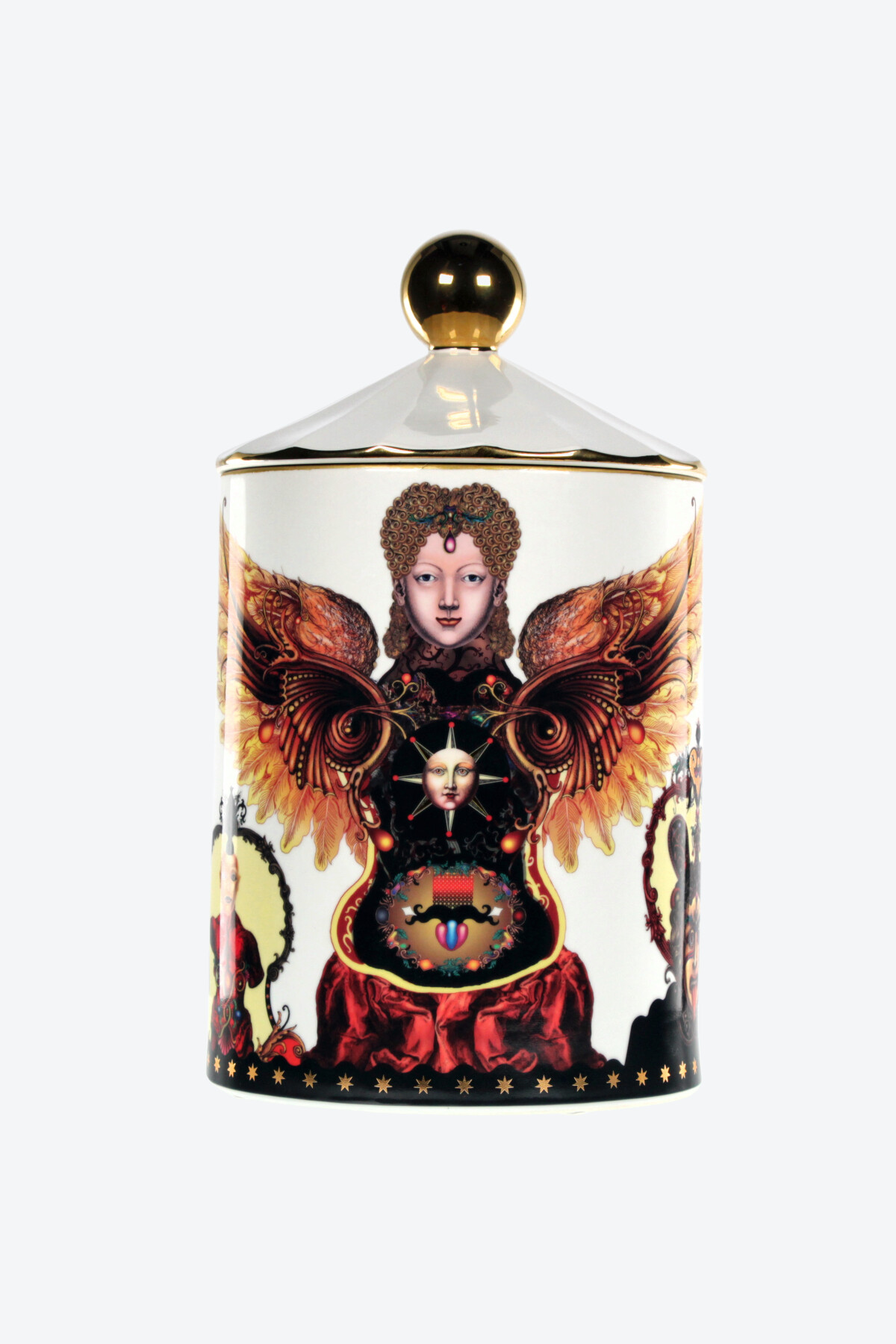Indian incense, commonly known as nag champa, holds a rich cultural and spiritual significance, deeply rooted in the traditions of India. This authentic aroma is inspired by the blossoms of a sacred tree known as “nagakesara” or “nag champa,” often referred to as the tree of “cobra’s saffron.”
In Ayurvedic medicine, extracts from various parts of the nag champa tree, including its blossoms, seeds, leaves, and bark, have been utilized for their therapeutic properties since ancient times. The tree, scientifically known as Mesua or the ironwood, thrives in diverse environments, from the slopes of the southern Himalayas to Sri Lanka and the Andaman Islands.
Mesua is characterized by its average-sized stature and exceptionally hard wood, with fragrant blossoms that emit a captivating aroma. However, it is the blossoms of the nag champa tree that are prized for creating the most subtle and revered incense.
These fragrant blossoms symbolize a myriad of qualities, including sexuality, fertility, passion, and love, making them a central component in various spiritual and ritual practices in India. The distinct aroma of nag champa incense not only serves to purify the environment but also to evoke a sense of spiritual connection and tranquility.
In essence, Indian incense, particularly nag champa, serves as a conduit between the physical and spiritual realms, offering a sensory experience deeply intertwined with tradition, symbolism, and the natural world.












